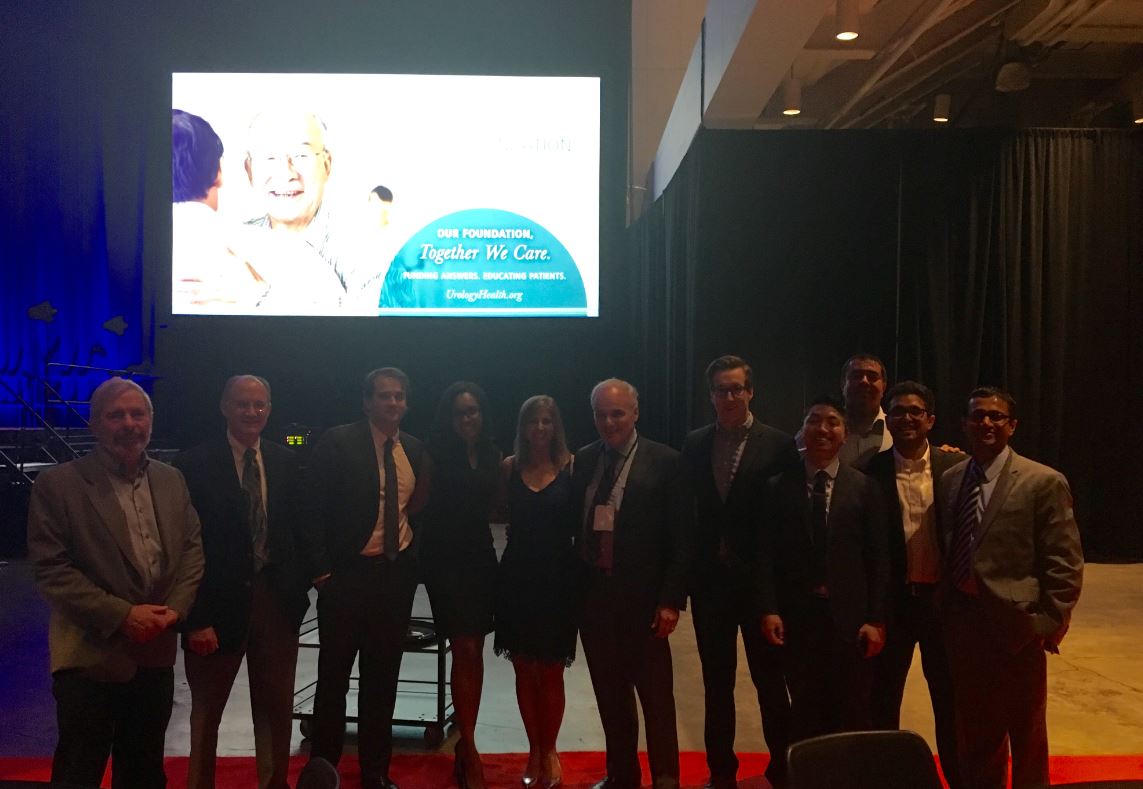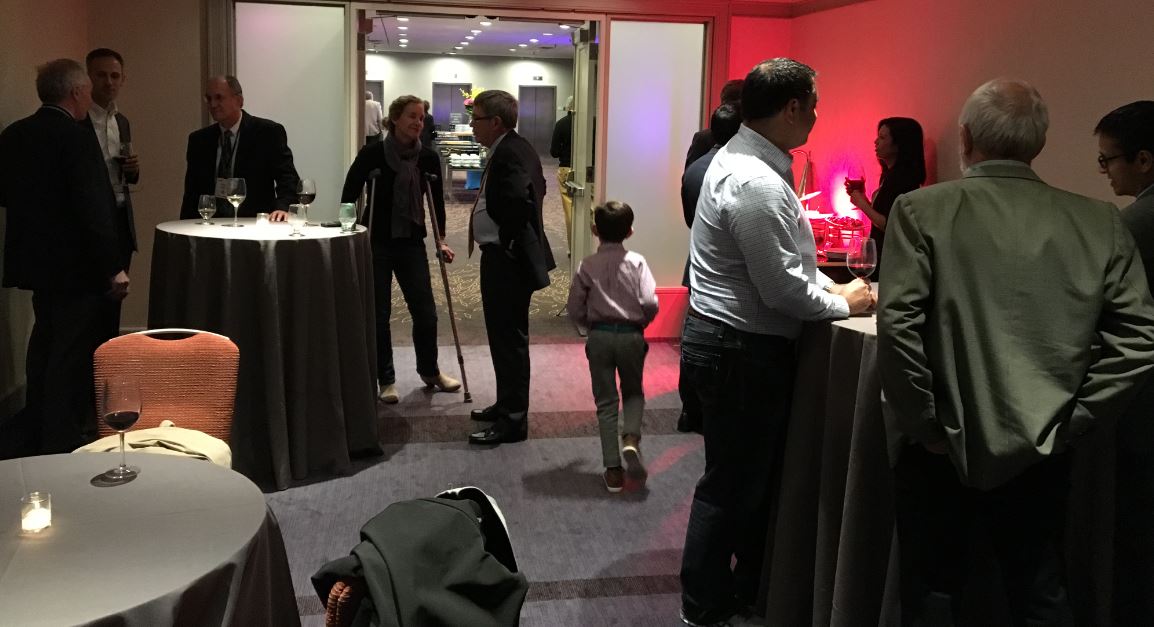UAB Urology held multiple activities and presentations this year. Dr. Soroush Rais-Bahrami was a faculty for the Hands-on MRI/US fusion biopsy course where he lent his expertise on the technology to guide urologists implementing this platform in their practice. Along with PGY-5 Dr. Win Shun Lai, he also presented data on renal cell carcinoma (RCC) in young patients. A review of the last five years at UAB found that 98/604 patients with RCC were less than age 46 years. The good news for these patients was that early onset RCC tended to be lower grade and organ confined, though more patients underwent radical nephrectomy as opposed to nephron-sparing surgery. The latter finding suggests that perhaps these patients are being over treated for their disease.
Dr. Lai and Dr. Dean Assimos presented a systematic review and meta-analysis on factors associated with post-operative infection after percutaneous nephrolithotomy. They found that preoperative urine culture, intraoperative renal pelvis culture, stone culture, the number of access points, the need for blood transfusion, stone size and duration of procedure were significantly associated with post-operative infection.
From Dr. Tanecia Mitchell’s lab, PGY-4 Dr. Vidu Yarlagadda presented a study on the effect of calcium oxalate crystals on mitochondrial dysfunction in monocytes. Their study found that in human monocyte cell lines, exposure to calcium oxalate crystals caused a dose-dependent decrease in mitochondrial function and cell viability. The result was upregulation of stress response proteins, which may have implications for cellular dysfunction in calcium oxalate stone formers. Dr. Yarlagadda also presented Dr. Patrick Selph's experience with the robotic-assisted use of the appendix as a ureteral interposition for ureteral stricture disease. The case was a 32-year-old gentleman with a 5 cm. proximal ureteral stricture, and the robot was used to interpose the appendix between the proximal and distal ureter. At 10 months after surgery, the patient is pain free and has no hydronephrosis.
Dr. Kyle Wood presented his work on increased urinary excretion of glycolate and oxalate in obese and diabetic mice models, as well as the association of hemoglobin A1c and urinary oxalate in stone formers. A review and video of his work can be found here.
Dr. Peter Kolettis moderated a poster session on infertility therapy, and Dr. Selph was a faculty mentor in a speed mentoring session for urology residents interested in questions about career, work-life balance, leadership and research.
Last but not least, UAB Urology had its first annual alumni banquet at the AUA. Faculty members were excited to see Dr. Katherine Cameron, a 2007 graduate of the program, who works in Knoxville, TN., stomping out urologic disease. Faculty also caught up with Dr. Corey Passman, another 2007 graduate, who is enjoying his practice in Lynchburg, VA. Courtney Shepard, a recent graduate of UAB in 2015, loves her experience at the University of Michigan Department of Urology where she is finishing up her pediatric fellowship. Dr. James Lingeman from Indiana University graced was also in attendance, and it was fascinating to hear his experience with HoLEP and the early days of shockwave lithotripsy.

